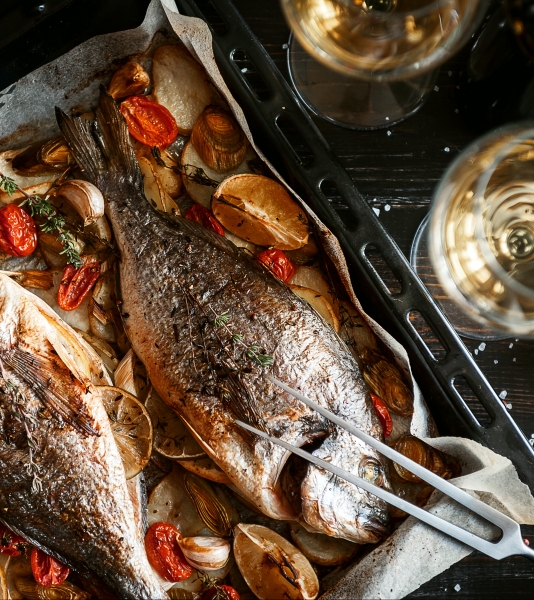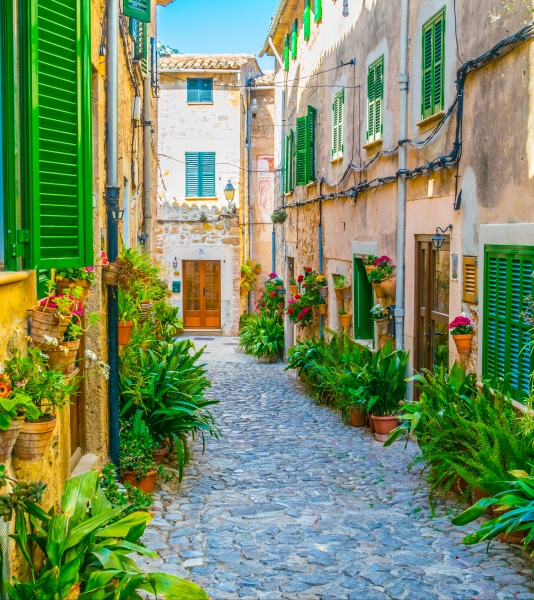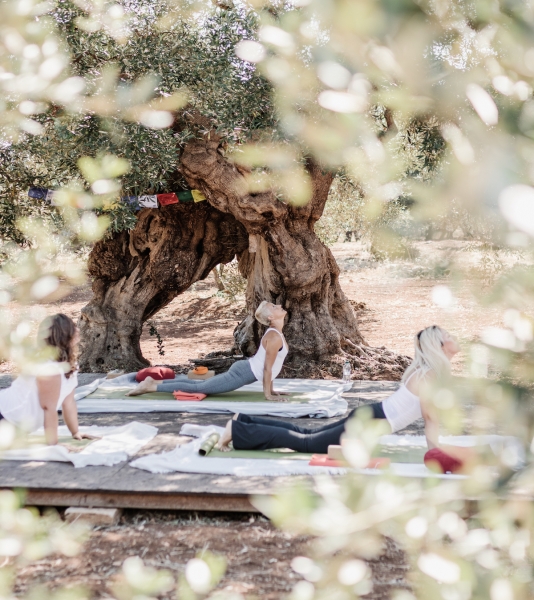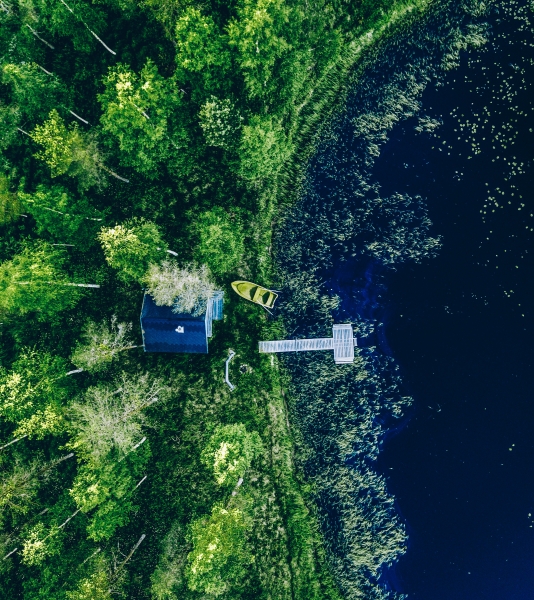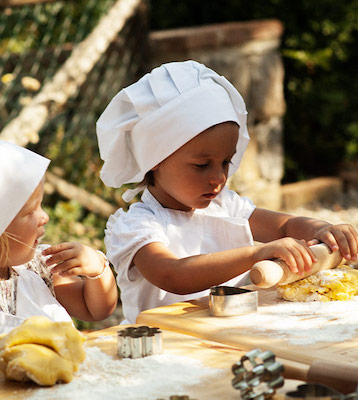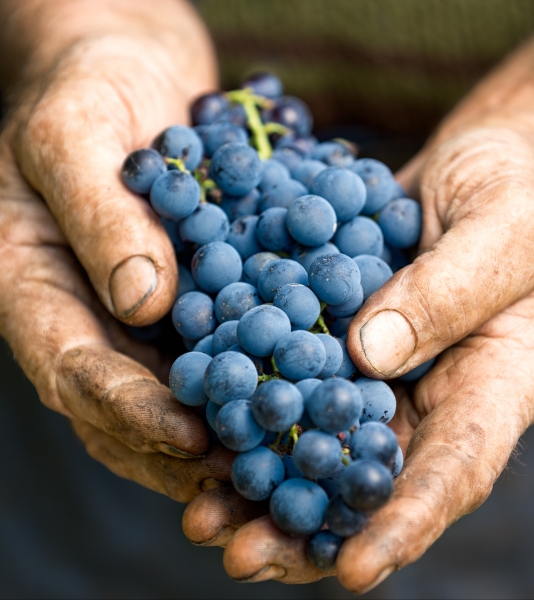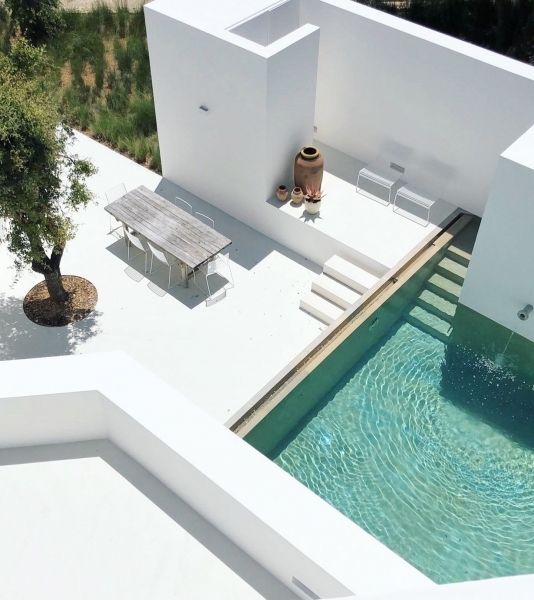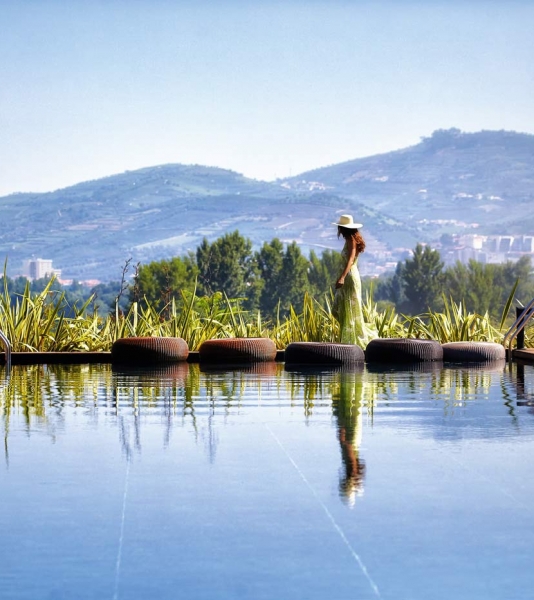Best places to stay in Piedmont?
Each city in Piedmont has its unique charm and attractions, allowing visitors to experience the region's diverse offerings and immerse themselves in the local culture and beauty. Piemonte is a region of extraordinary charm and beauty. With its landscapes, hills, and majestic peaks of the Alps, it captivates nature enthusiasts and adventure seekers alike.
At Secretplaces, we have selected some amazing vacation rentals and the best hotels in Piedmont for you, according to your desires and expectations.
If you want to enjoy the beauty of the region, as well as indulge in the local gastronomy, we provide you with small boutique hotels in Piedmont, as well as amazing manor houses and charming country hotels in Piedmont, in the Langhe region, in the cities of Barolo and Alba, where you need to taste the world-famous white and black truffles and drink the renowned Langhe wine.
If you are on the lookout for exploring the natural charm, we recommend our amazing Wine hotels in Piedmont or nice bed and breakfasts and holiday apartments in Piedmont, more specifically in the rural towns of Antignano, Stazzano, Marmorito, Bonvicino and Limone Piemonte, where you will be surrounded by magical landscapes, and you will be able to discover the pure beauty of the region. These alluring Piemonte cities enchant with their unpretentious beauty, alluring landscapes, and a serene atmosphere that immerses tourists in the timeless attraction of the Italian countryside.
What to do in Piedmont
Ingrained in the northwest corner of Italy, Piedmont is a region that exudes timeless charm and captivating beauty. From its appealing landscapes of mountains and rolling hills to its vibrant cities and rich cultural heritage, Piedmont offers an immersive experience for every traveller.
Piedmont grants you with a spectacular variety of options and things to do. Starting from the beautiful cities of Turin and Asti.
Turin, the region's capital, is known for its grand architecture, vibrant cultural scene, and excellent cuisine. Let the magic of the city involve you and don’t miss the amazing artistic magic around you: visit the Royal Palace of Turin, housing opulent apartments and art collections. Visit the Mole Antonelliana, the symbol of the city, and explore the National Museum of Cinema inside. Delve into the fascinating world of ancient Egypt at the Egyptian Museum, boasting an extensive collection of artefacts, including the famous tomb of Kha and Merit, and make time for the National Automobile Museum, showcasing a remarkable collection of vintage cars and exhibits that tell the story of automotive history.
Asti, on the other hand, is known for its medieval towers and sparkling wine production, and offers a variety of different experiences to be a part of, such as the infamous Palio di Asti, a traditional Italian festival, traced back to the 13th Century. Explore the historic centre, visit the impressive Asti Cathedral, and sample the local sparkling wine, Asti Spumante.
However, Piedmont is brimmed with lesser-known, but spectacular places, that only need to be discovered. As to say, if you look for an authentic Italian experience, make time for a visit to the Langhe region, one of Italy’s most famous wine production sites, where you can partake in the Italian culinary and wine tradition. Make sure to stop by WiMu, the Museum of Wine, to soak up the history of the region. Prepare to be mind-blown! Truffles and wine go hand in hand, so make time for wine tastings, since Alba is located in the heart of the Langhe wine region, famous for its Barolo and Barbaresco wines. Visit local wineries and vineyards to learn about the wine production process.
If you look for a more nature-immersed experience, Piedmont offers the spectacular Piedmontese Alps, where will be able to engage in outdoor activities such as hiking, skiing, and snowboarding in areas like Limone Piemonte and Sestriere. The Gran Paradiso National Park in Piedmont provides thrilling outdoor adventures. This protected area lets you explore hiking paths, view wildlife, and take in the untamed glory of the Alps with its rough peaks, deep valleys, and immense wildness. For intrepid travellers seeking difficult treks and remote landscapes, the Val Grande National Park, recognized as the wildest region in Italy, offers an off-the-beaten-path experience.
Moreover, the Canavese region invites you to explore its charming towns, immerse yourself in its rich history, and revel in its stunning natural landscapes. Whether you're seeking outdoor adventures, cultural discoveries, or culinary delights, the Canavese region offers a captivating experience that will leave a lasting impression. Here, you can visit towns such as Ivrea, a UNESCO heritage, where the historic centre is very charming and the Castle is worth visiting, as well as the Via Francigena, a beautiful pilgrim route that passes through the city. Ivrea is, also, famous worldwide for its Carnival, where the Battle of Oranges takes place.
Piedmont includes, as well, hidden gems like Novara, and its intricate network of underground tunnels, Casale Monferrato, surrounded by castles, countryside and charming villages, and Vercelli, the ‘rice capital’ of Italy, where you can visit the rice fields and learn about the traditional agricultural heritage of the region.
And lastly, The Orta Valley, nestled in the Piedmont region of Italy, is a hidden gem known for its breathtaking beauty and tranquillity. This picturesque valley surrounds the captivating Lake Orta, often referred to as the "Jewel of the Italian Lakes." With its crystal-clear waters and the charming lakeside town of Orta San Giulio, the area exudes a timeless allure. When here, stop by Sacro Monte di Orta, a sacred mountain dotted with captivating chapels. This UNESCO World Heritage site is renowned for its exquisite frescoes depicting the life of Saint Francis of Assisi. Take a leisurely walk along the winding paths, surrounded by lush nature and stunning views of Lake Orta.
Piedmont Gastronomy
Piedmontese gastronomy is characterized by its indulgent ingredients, bold flavours, and a deep appreciation for the region's exceptional produce.
Some staple dishes are Bollito Misto, a traditional and antique Piedmontese boiled meat dish. It consists of a selection of meats such as beef, veal, chicken, and sometimes pork, simmered with aromatic vegetables and herbs. Or, Agnolotti, a traditional Piedmontese pasta, similar to ravioli, but with a unique shape and filling. The pasta is typically stuffed with a mixture of roasted meats, vegetables, and cheese. Or, again, Vitello Tonnato, a tender veal served cold and topped with a creamy sauce made from tuna, anchovies, capers, mayonnaise, and lemon juice.
Of course, don’t forget to try the exquisite truffles, particularly the prized white truffle from Alba and the Barolo wine, known for its bold, complex flavours and ability to age beautifully. It pairs perfectly with hearty dishes like braised meats, game, and aged cheeses.
Also, desserts make a fundamental part of the Piedmontese cuisine, a delightful conclusion to any meal, showcasing the region's love for hazelnuts, chocolate, and traditional sweet treats. From the nutty Baci di Dama to the creamy Panna Cotta, these desserts embody the indulgent spirit of Piedmontese gastronomy.
Our collections
Don’t know where to go? Let our collections inspire you.



